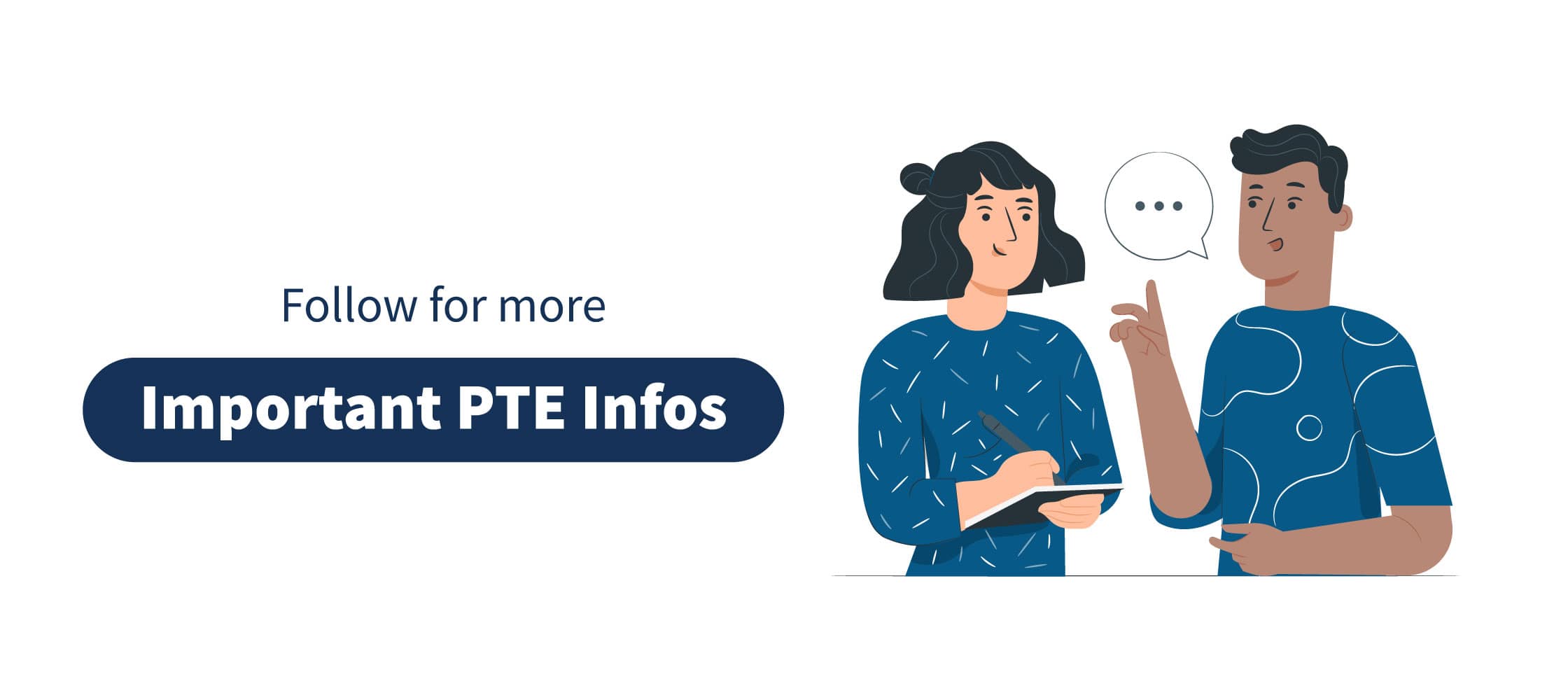Struggling to express thoughts clearly during the PTE Speaking section is a very common issue among many test-takers, especially non-native English speakers, who face challenges when it comes to articulation and clarity in oral fluency. In this article, we’ll explore effective strategies to help you improve your speaking skills and confidently communicate your ideas in the PTE exam.

Clear and articulate speech is vital in the PTE Speaking section, where you are assessed on your ability to convey information accurately and coherently. Here’s why clarity matters:
- Scoring: The PTE examiners evaluate your oral fluency, pronunciation, and oral discourse to assign you a speaking score. Clear articulation and pronunciation contribute significantly to a higher score.
- Communication: In real-life scenarios, effective communication relies on clarity. The PTE assesses your ability to communicate in academic and professional settings, making clarity essential.

- Practice Pronunciation: Identify problematic sounds: Determine which English sounds are challenging for you and focus on practicing them. Common trouble areas for non-native speakers include “th,” “r,” and “v” sounds. Use pronunciation guides: Online resources and pronunciation guides can help you understand the correct tongue and lip positions for specific sounds.
- Slow Down Your Speech: Speaking too quickly can lead to slurred words and poor articulation. Practice speaking at a moderate pace, enunciating each word clearly.
- Record Yourself: Record your spoken responses during practice sessions. Listening to yourself can help you identify areas where you need improvement.
- Expand Vocabulary: A rich vocabulary allows you to choose the right words to express your ideas clearly. Read extensively and note unfamiliar words for later practice.
- Phrasing and Pausing: Break your speech into natural phrases and use pauses to indicate the end of one thought and the beginning of another. This improves overall fluency and clarity.
- Mouth and Lip Exercises: Engage in exercises that strengthen the muscles involved in speech, such as tongue twisters and lip stretches.
- Listen Actively: Pay close attention to native English speakers, whether through podcasts, movies, or audiobooks. Mimicking their speech patterns can enhance your articulation.
- Accent Reduction Courses: Consider enrolling in accent reduction or speech therapy courses if you struggle with specific pronunciation challenges.

- Warm-Up: Before starting the PTE Speaking tasks, engage in a brief warm-up. Read a passage or talk about a familiar topic to get your tongue and lips moving comfortably.
- Stay Relaxed: Nervousness can affect articulation. Practice relaxation techniques such as deep breathing to stay calm during the exam.
- Listen Carefully: In tasks where you need to repeat sentences or summarize spoken content, listen attentively. Accurate repetition demonstrates good articulation and clarity.
- Speak Clearly, Not Louder: Don’t mistake clear articulation for speaking loudly. Focus on enunciation rather than volume.
In conclusion, enhancing articulation and clarity in oral fluency is a valuable skill for success in the PTE Speaking section. By practicing pronunciation, expanding your vocabulary, and using effective strategies, you can significantly improve your speaking skills. Do not forget to follow us for more expert tips to help you on your journey towards PTE excellence!




